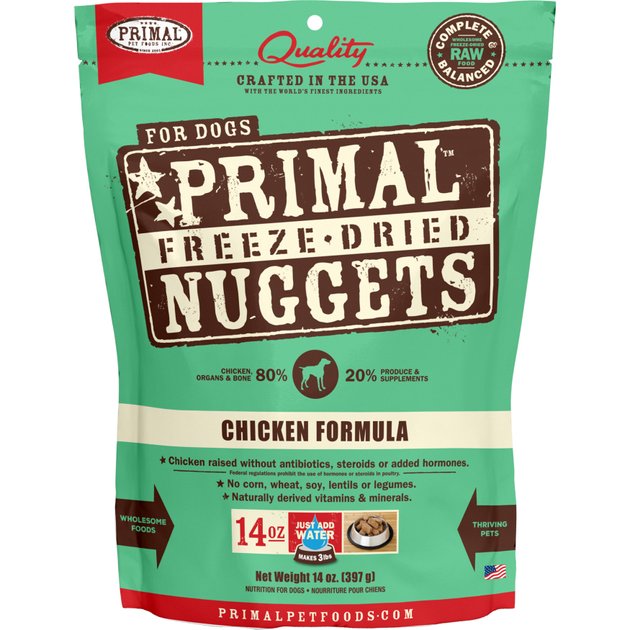
Today was "Animal Protein Tuesday" for my omnivorous tortoises (a Redfoot Tortoise and a Black Mountain Tortoise).
They get animal protein once a week, and although I've tried lots of different options, I think this one is a keeper... Instinct Raw Signature is a raw dog food that is 95% meat and organs and bone, and 5% fruits and veggies and other wholesome ingredients; it's never cooked and is minimally processed.
Ingredients: Beef, Beef Liver, Beef Kidney, Ground Beef Bone, Beef Spleen, Beef Heart, Carrots, Butternut Squash, Apples, Ground Flaxseed, Montmorillonite Clay, Dried Kelp, Broccoli, Cod Liver Oil, Salt, Salmon Oil, Apple Cider Vinegar, Vitamin E Supplement, Dried Chicory Root, Blueberries
The pet store that I got it from had a sale on the medallions, so that's what I bought; they're essentially 1oz sliders, and my torts love them.
